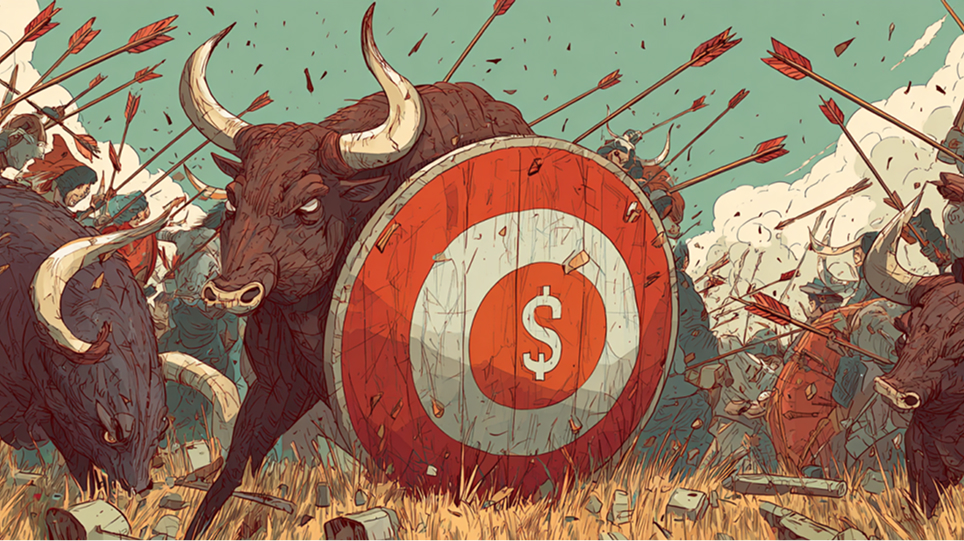European stocks close strongest week in six months, as STOXX 600 closes at record highs
European equities wrapped up their strongest week in half a year on Friday, driven by heavy buying in healthcare and mining shares, as investors locked in wagers on another Federal Reserve rate cut later this month.
According to data from Reuters, the STOXX 600 closed 0.5% higher, notching a record for the third consecutive session. Across the week, the index gained 2.8%, cementing its place at the top of the global rally while hitting intraday highs along the way.
The biggest surge came from healthcare names. The sector climbed 1.3% on the day, as AstraZeneca jumped 1.6% and Novo Nordisk advanced 2.1%. The momentum followed a U.S. Pfizer pricing deal that gave the industry breathing room from tariff and cost worries
Analysts at UBS Global Wealth Management told clients:
That line perfectly captures why healthcare shares outpaced every other sector across Europe this week.
Healthcare and banks push European markets higher
Banks were not left out of the rally. The sector added 1%, with Raiffeisen Bank standing out after surging 7.4%. The rally came as the Financial Times reported the European Union is weighing the removal of sanctions on assets tied to Russian billionaire Oleg Deripaska in an effort to compensate the Austrian lender.
ABN Amro also moved sharply, climbing 2.7% after Goldman Sachs reversed its stance on the Dutch bank, upgrading it to a “buy” rating from “sell.”
Mining companies joined the advance. The Basic Resources index, home to Europe’s leading mining stocks, rose 1.7% as prices for base metals pushed higher.
These gains helped narrow the performance gap between Europe and the United States, with the STOXX 600 now up 12.4% for the year compared with a 14.7% rise in the U.S. S&P 500.
Markets focus on Fed as U.S. shutdown delays jobs data
The picture in Washington added more uncertainty. The U.S. government shutdown delayed the release of a key jobs report that had been expected on Friday. That report is vital for the Federal Reserve, which is tracking labor market trends to guide its next monetary decision.
Even with the delay, investors leaned into the expectation that the Fed will deliver another rate cut. Fiona Cincotta, senior market analyst at City Index, said, “It does very much feel that the market is looking past the ongoing U.S. government shutdown and focusing on Fed rate cut expectations.”
Traders backed that view. The CME FedWatch Tool showed market bets pricing in an almost certain cut before the end of the month, a shift that followed a weaker-than-expected private payrolls report earlier in the week.
Optimism over looser U.S. policy combined with Europe’s healthcare rally sent the STOXX 600 surging to new records. Economic data across the continent painted a mixed picture.
Growth in the euro zone services sector accelerated to an eight-month high in September, with Germany’s services sector also recording its fastest expansion in eight months.
But France’s services industry contracted more sharply than first thought, and in Britain, business activity grew at its slowest pace in five months.
Among individual movers, Sofina dropped by 3.2%, one of the weakest showings on the STOXX 600. The investment company’s decline came after it announced a 545-million-euro ($639.67 million) rights issue, leaving the stock near the bottom of the index.
Join a premium crypto trading community free for 30 days - normally $100/mo.
You May Also Like

Here’s XRP Price if 100 Treasury Companies Stack 300 Million XRP Each

ONDO Price Prediction: Bulls Defend $0.86, Targeting $1.12 Next
